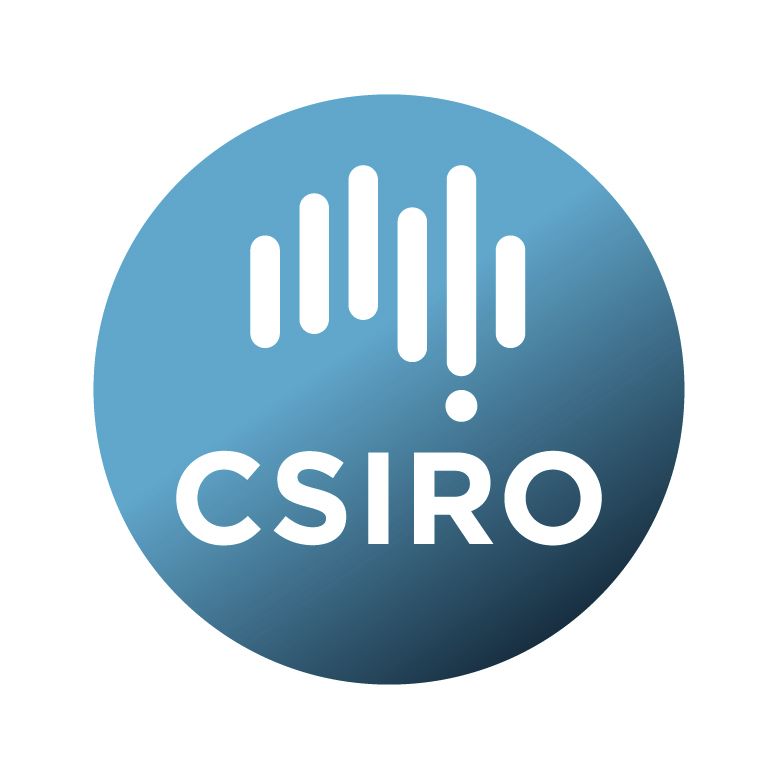Brief description
Slope relief landform pattern classification based on Speight (2009).The slope relief product was derived from the 300 m focal median percent slope product, and the Smoothed Digital Elevation Model (DEM-S; ANZCW0703014016), which was derived from the 1 arc-second resolution SRTM data acquired by NASA in February 2000.
The slope relief classification dataset is available in 1 arc-second and 3 arc-second resolutions.
The 3 arc-second resolution product was generated from the 1 arc-second slope relief product and masked by the 3” water and ocean mask datasets.
Lineage: Source data
1.\t1 arc-second SRTM-derived Smoothed Digital Elevation Model (DEM-S; ANZCW0703014016).
2.\t1 arc-second 300 m focal median percent slope product
3.\t1 arc-second slope relief product
4.\t3 arc-second resolution SRTM water body and ocean mask datasets
Slope relief calculation
The slope relief layer is an implementation of the classification of erosional landform patterns characterised by relief and modal slope as defined in Table 5 of
Speight, J.G. (2009) Landform. In 'Australian soil and land survey field handbook (3rd edn)', National Committee on Soil and Terrain. CSIRO Publishing, Melbourne (the Yellow Book; the table is the same in the second edition)
Modal slope has been replaced by median slope, since this is considered more amenable to automated processing, and the second highest relief class (90 - 300 m) has been split into two classes, 90 - 150 m and 150 - 300 m; partly due to desire to connect with international work (eg MORAP in USA) where the 150 m relief threshold is used, and partly due to the perceived rarity of relief over 150 m in Australia.
The method was developed in May-June 2011 by
John Gallant, CSIRO Land and Water and
John Wilford, Geoscience Australia
The slope relief calculation was performed on 1° x 1° tiles, with overlaps to ensure correct values at tile edges.
The 3 arc-second resolution version was generated from the 1 arc-second slope relief product. This was done by aggregating the 1” data over a 3 x 3 grid cell window and taking the majority class of the nine values that contributed to each 3” output grid cell. If there was a tie the result was no data, and in these cases a value was determined using Euclidean allocation. The 3” slope relief data were then masked using the SRTM 3” ocean and water body datasets.
Speight, J.G. (2009) Landform. In 'Australian soil and land survey field handbook (3rd edn)', National Committee on Soil and Terrain. CSIRO Publishing, Melbourne
Available: 2016-08-11
Data time period: 2000-02-11 to 2000-02-22
Subjects
Australia |
ECOLOGY Landscape |
Environmental Sciences |
Ecological Applications |
Environmental Management |
Environmental Management |
LAND Topography Models |
Land Surface |
Land Capability and Soil Productivity |
Landscape Ecology |
Natural Resource Management |
Slope Relief |
Soil Sciences |
Soil Sciences Not Elsewhere Classified |
TERN_Soils |
User Contributed Tags
Login to tag this record with meaningful keywords to make it easier to discover


